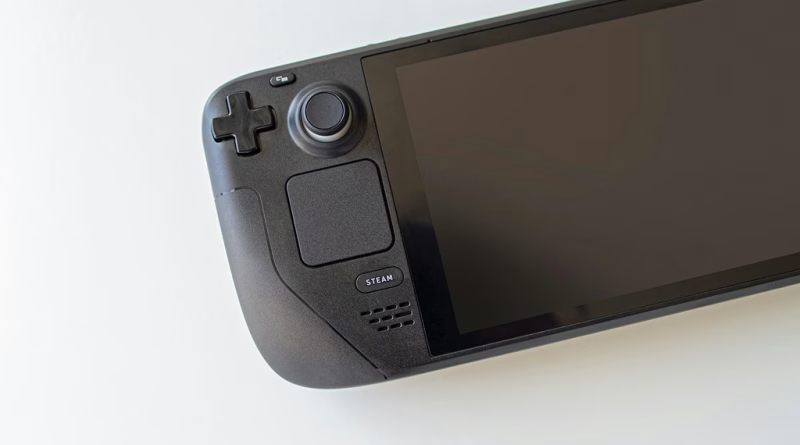Steam Deck OLED vs ROG Ally 2
The handheld PC gaming space is heating up fast—and two titans stand tall in 2025: Valve’s Steam Deck OLED and ASUS’s ROG Ally 2. They both promise console-grade power in a portable frame, but which one delivers the better experience for gamers on the go?
I’ve spent hours with both. Here’s how they stack up in the real world.
🖥️ 1. Display: OLED Magic vs Fast Refresh
Steam Deck OLED brings a gorgeous 7.4-inch HDR OLED screen with near-infinite contrast and vibrant colors. Blacks are truly black, and the refresh rate now hits 90Hz.
ROG Ally 2, meanwhile, ups the ante with a 120Hz LCD display that’s razor-sharp and responsive. Colors are solid, though not as rich as OLED.
Winner: Steam Deck OLED for immersion; ROG Ally 2 for twitchy gameplay.
⚙️ 2. Performance: RDNA vs Ryzen Z2
Under the hood, the Steam Deck OLED maintains a slightly tuned APU but leans heavily on software optimization through SteamOS.
ROG Ally 2 comes packed with the new Ryzen Z2 chip, delivering stronger raw performance. It handles demanding AAA games at higher frame rates, especially in Windows-native environments.
Winner: ROG Ally 2 for power-hungry gamers; Steam Deck for smooth consistency.
🔋 3. Battery Life: OLED Power Play
Steam Deck OLED massively improved on the original’s battery woes. Expect 30–40% longer runtime thanks to the OLED’s efficiency.
ROG Ally 2, despite better thermals, still suffers from power-hungry components and Windows overhead. Expect around 1.5–2.5 hours of heavy playtime.
Winner: Steam Deck OLED by a solid margin.
🎮 4. Software & Ecosystem
Steam Deck’s SteamOS 3.5 is seamless, intuitive, and perfectly tuned for gaming. Game Mode, Proton support, and quick suspend/resume are a joy to use.
ROG Ally 2 runs Windows 12 Lite, which gives it flexibility—but comes with classic PC headaches: driver updates, popups, and input bugs.
Winner: Steam Deck OLED for ease-of-use; ROG Ally 2 for tinkerers.
🛠️ 5. Build Quality & Design
Both devices feel premium, but the Steam Deck OLED is lighter and better balanced. ROG Ally 2 has sharper edges and can feel bulky during long sessions.
Winner: Steam Deck OLED, especially for handheld ergonomics.
💸 6. Price & Value
- Steam Deck OLED 512GB: $549
- ROG Ally 2 512GB: $699+
The Ally 2 delivers more horsepower, but the Deck OLED nails value, polish, and day-to-day usability.
🏆 Final Verdict: Who’s It For?
| Device | Best For |
|---|---|
| Steam Deck OLED | Immersive gaming, better battery, polished UX |
| ROG Ally 2 | Raw performance, Windows flexibility, emulation fans |
If you want plug-and-play magic, Steam Deck OLED wins. If you want to max out settings and tweak endlessly, ROG Ally 2 is your pick.




